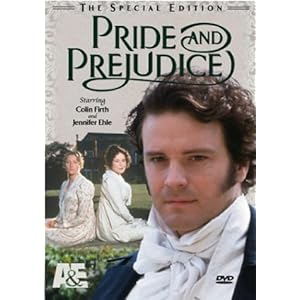
Navajo Code Talkers by Nathan Aaseng is a big favorite of mine. I feel that this topic is just lightly brushed over in history classes and the Navajo weren’t given as much credit as they deserved for their sacrifices during World War II. This book is a compelling story of how the young men risked their lives for their country. The book opens with a little bit of background knowledge about the Navajo and their legendary struggle to keep their land, and the reason they shy away from white people. It also goes on to explain how Kit Carson and his crew wanted to stamp the Navajo language out of the people, but years later the US Marines needed them and used the Navajo to create an unbreakable code that the Japanese have yet to unlock. The story also unfolds and shows how they went through the basic training, and how they worked together to create and interpret the code, as well as some of the battle experiences. Some of the neat things for students that this book contains are the pictures. There are sporadically pictures about Navajo Marines working on message or creating codes. This would be a wonderful addition to any classroom in grades 6-8 and it would give kids a better understanding of US history.









